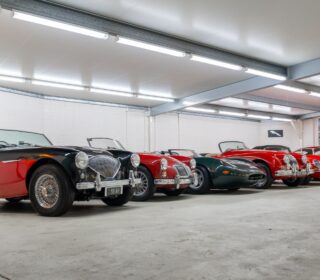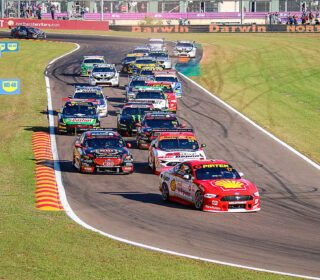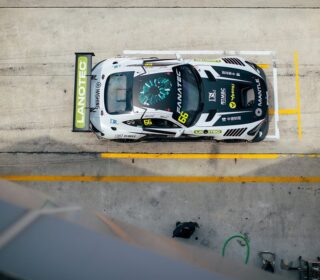COMMENT: COMPARE THE PAIR
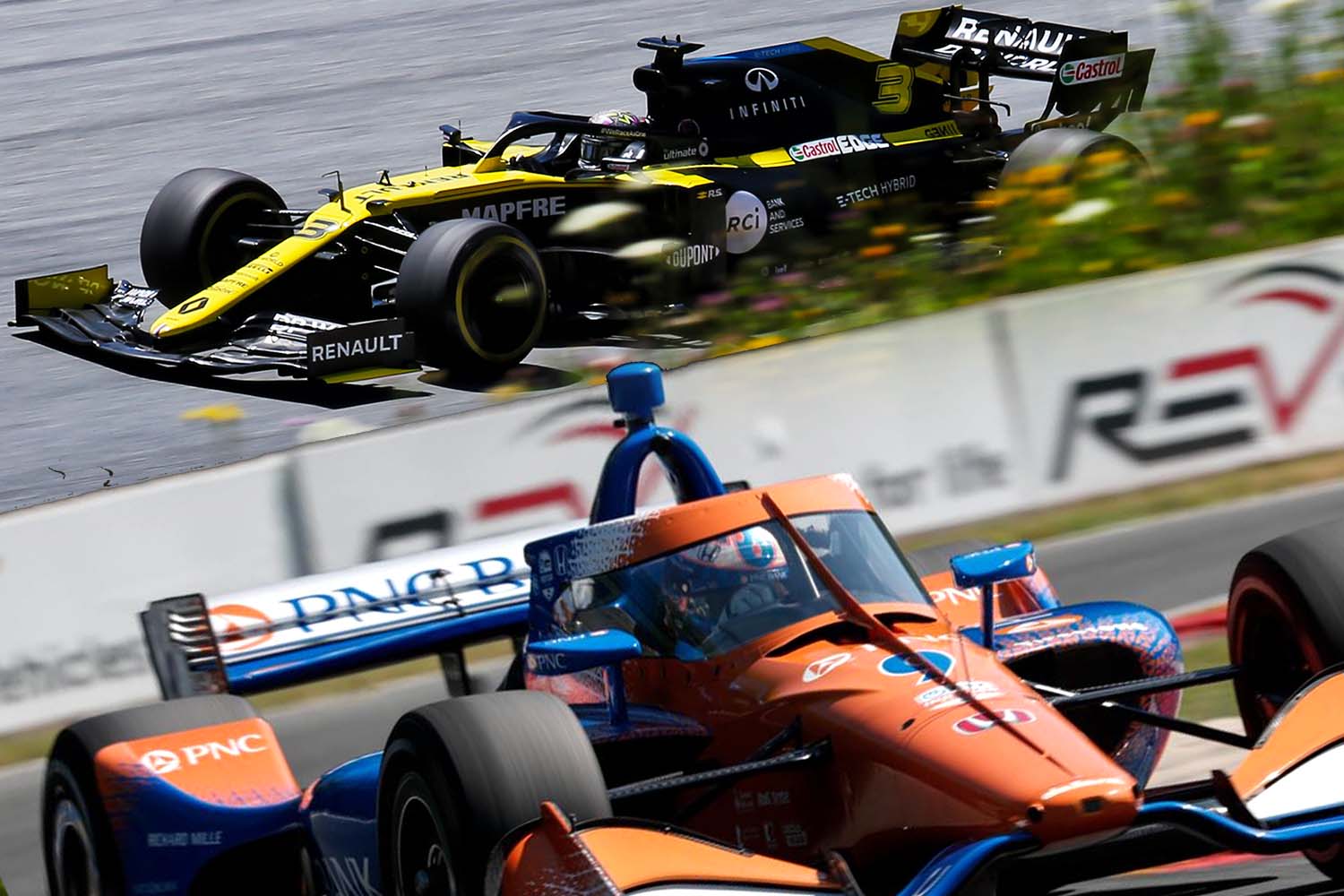
SUNDAY was a big day for fans of open wheel racing, with IndyCar and Formula 1 – at least, if you were watching in Australia – bookending a superb Sunday of couch racing. But it also exposed vast differences in the way each goes about putting on a decent motor race.
WORDS: Richard Craill IMAGES: Renault F1 Media / IndyCar Media
GOOD DAY, Sunday – at least if you were a racing fan.
Get up in the morning, put the kettle on and watch an IndyCar race from one of the classic circuits in the USA, Road America.
Have the bulk of the day to do whatever it is one does on a Sunday when they’re not going away to race tracks, before again settling into the couch’s well-established groove with a glass of Red to watch a Grand Prix and the supporting preliminaries later that evening.
If this is Isolation, then it is not all bad.
Still, watching the top two open-wheel series in the world within the space of twelve or so hours was an interesting exercise into how they each go about putting on the show they do.
One of them came off somewhat.. lacking, despite each having many similarities in their setup.
Both were early season races; Formula 1 their second, IndyCar their third.
Both were at circuits renowned for generally putting on very good races – The Red Bull Ring has always been one of the better Grand Prix tracks from an entertainment point of view, while Road America needs no introduction.
And both had storylines aplenty; experienced, dominant hands (Hamilton, Dixon) going up against young stars (Norris, Herta) and big teams (Mercedes-AMG, Penske / Ganassi) being troubled by those who aren’t always at the front (Any of the F1 midfield / Any of the IndyCar field).
The IndyCar race at Road America, the first of two held on the weekend, was captivating as Scott Dixon produced another frankly remarkable drive which, coupled with excellent strategy from his Chip Ganassi Racing squad, saw him record his 49th IndyCar win in a career that shows no signs of abating.
Highlights included a stunning battle with Will Power for the lead that saw them side-by-side through some of the fastest bits of the Wisconsin track, mighty in and out laps from Dixon that saw him leap plenty of cars on strategy and generally hard and aggressive racing throughout the pack that lasted all race.
The Grand Prix had a lot to live up to given it had to follow last week’s wild season opener, and it’s probably not fair to compare both Austrian races.. yet this week unfortunately turned out to be much more your standard F1 offering.
Hamilton never looked like being knocked off and most of the intrigue stemmed from whether Verstappen could fend off Bottas for second and third. The late fastest-lap dash on fresh tyres at the end helped liven things up and good old Lando was there to offer some delight.
But the middle stanza was a whole lot of not much happening which was perhaps the biggest difference in how each series offers up their on-track product.
The IndyCar race was flat out from the first lap and even though they’re always trying to save fuel, an IndyCar race remains a sprint rather than an enduro. There was a consistent intensity throughout the 52-laps of Road America that the middle of the Grand Prix just didn’t have.
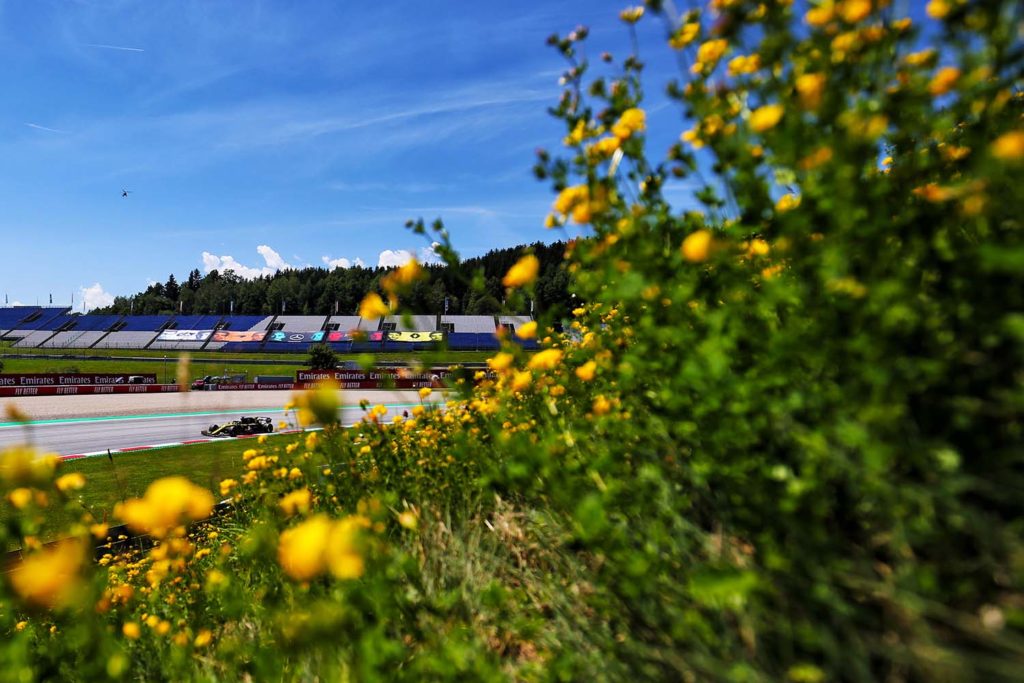
A lot of this was down to the competitive nature of the IndyCar field; quite literally 80 per cent of the grid could end up on the podium if they nail things on any given day.
In Austria, there was little doubt that Hamilton was, barring a mechanical, going to win and that it would be either Bottas or Verstappen second and third.
The difference, of course, is that in IndyCar the scenario of every driver having a realistic shot if they nail things is a week-in, week-out scenario. Wild F1 races like Austria’s season opener come along far too infrequently.
Now you might argue that there’s too much of a ‘lottery’ scenario in the IndyCar races and in some respects that could be true; certainly there have been times where a poorly-timed Safety Car has completely jumbled the order and thrown up a random winner.
And yet, it would be impossible to argue that in the same way the best driver and the best team dominated the Styrian Grand Prix, the same hasn’t been occurring in IndyCar.
The Dixon-Ganassi partnership are firing on all six of their turbocharged cylinders at the moment; his new relationship with engineer Michael Cannon and the long partnership with strategist Mike Hull ensuring they have a fast car and nail the strategy calls at the same time.
You don’t win three IndyCar races in a row, both on Ovals and Road courses, without being very bloody good.
Far be it from me to criticise someone whom I agree is absolutely the best driver in the world right now, but watching on the ‘box I found Dixon’s win on Sunday so much more satisfying than Hamilton’s.
There’s no doubt Lewis worked for his win, but he achieved that victory race safe in the knowledge that he had a car that was a little bit faster than a Red Bull and a second per lap quicker than anything else on the grid.
Dixon did not have that advantage and won after starting further down the field and by driving like an absolute boss, making huge passes, nailing a strategy and delivering when he needed. It’s a no brainer for me that’s the style of racing I would rather watch.. the cream rising to the top, sure, but having to work for it along the way.
What’s more, the lack of adaptability from Formula 1 remains an issue – in this case, their use of DRS.
Countless people noted on social media during the Austrian GP that the drag-reduction device was way too powerful in the third zone – the run between turns three and four – last week. Cars would blow past before the braking zone.
F1 had a chance to remove, or at the very least trim the length of the zone where the rear wing flap is open, for this race.. but instead did nothing. As a result, once again there was a series of no-consequence passes that took much of the drama out of the various scraps.
It’s the unfortunate outcome of a set of technical regulations that are not designed to promote good racing.
IndyCar also use an overtaking aid – Push to Pass – but theirs differs in that it can also be used as a form of defence which levels the playing field and doesn’t leave drivers as sitting ducks as the DRS did. Regardless, their cars have been designed to run close, run hard and actually put on a good show which was quite visible on the weekend.
There’s other little things, too: Less people ‘over the wall’ mean IndyCars pit stops are longer and offer more variables in the lane compared to Formula 1. 2.6 second pit stops are incredible, yes. But there’s so much less chance of it impacting a result.
The thing I like the most about IndyCar, however, is that everyone has a similar piece of machinery in which to do battle.. yet generally it is still the good teams and the best drivers who do a majority of the winning.
The winners list from the last few years is dominated by Penske, Andretti or Ganassi drivers but sometimes a Dale Coyne or Rahal ace can bring a big result and deliver.
This is what Formula One lacks and why people so celebrated McLaren’s podium performance last weekend.
Ross Brawn and his crew have targeted the occasional IndyCar-style surprise result as one of the outcomes of their now delayed 2022 rules package and I truly hope they deliver.
I’m sure many will disagree with me and that’s fine. But right now, if you watch them on the same day, the chances are the IndyCar race will be a much, much better show.
And right now our game needs to be putting on a good show as often as it possibly can.



